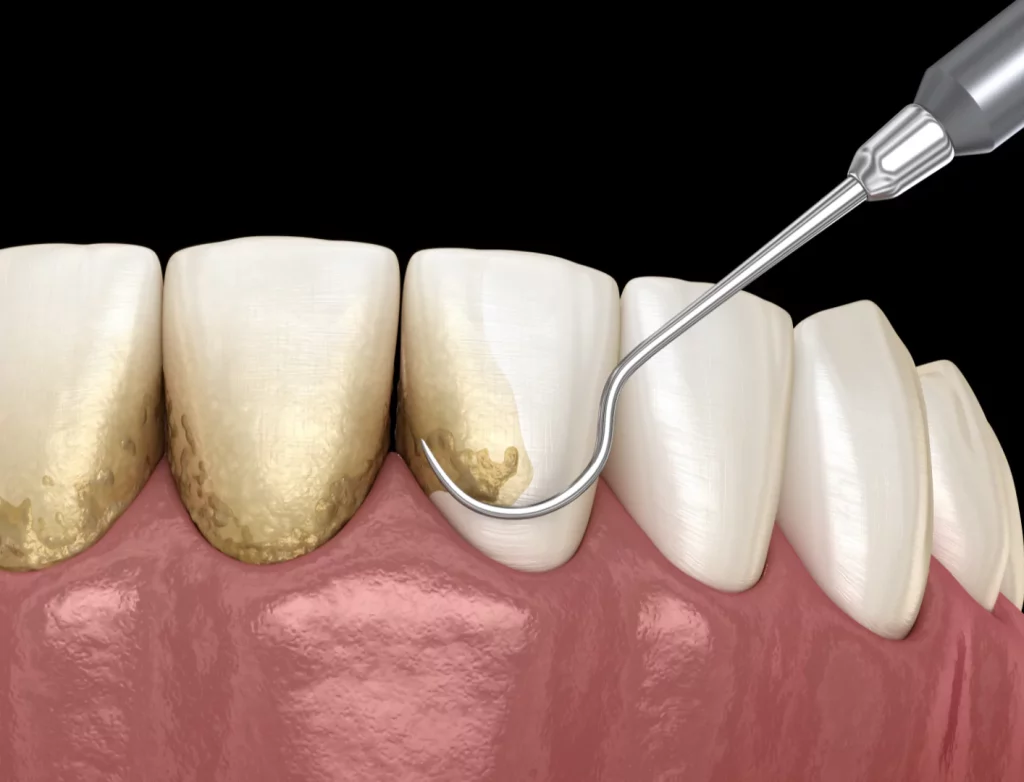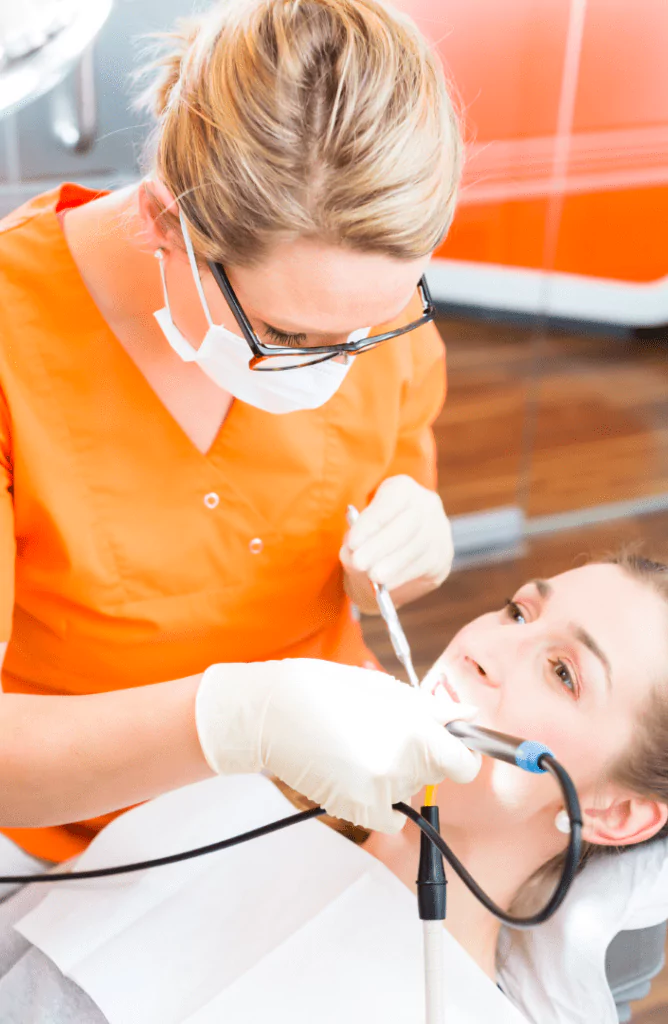The dental procedure known as teeth cleaning, or prophylaxis, focuses on preventing disease by removing tartar, which is mineralized plaque. Even with diligent brushing and flossing, tartar can develop, especially in hard-to-reach areas. Typically conducted by a dental hygienist, the process includes tooth scaling, polishing, and debridement in cases of substantial tartar accumulation. Instruments and devices are employed to effectively loosen and eliminate deposits from the teeth during this professional cleaning.
There are three primary types of dental cleanings: prophylaxis cleaning, scaling and root planing, and gross debridement. Despite their shared objective of promoting cleaner teeth, these cleanings differ in their procedures and purposes.
To grasp when and why each type is employed, the following provides a comprehensive overview.











